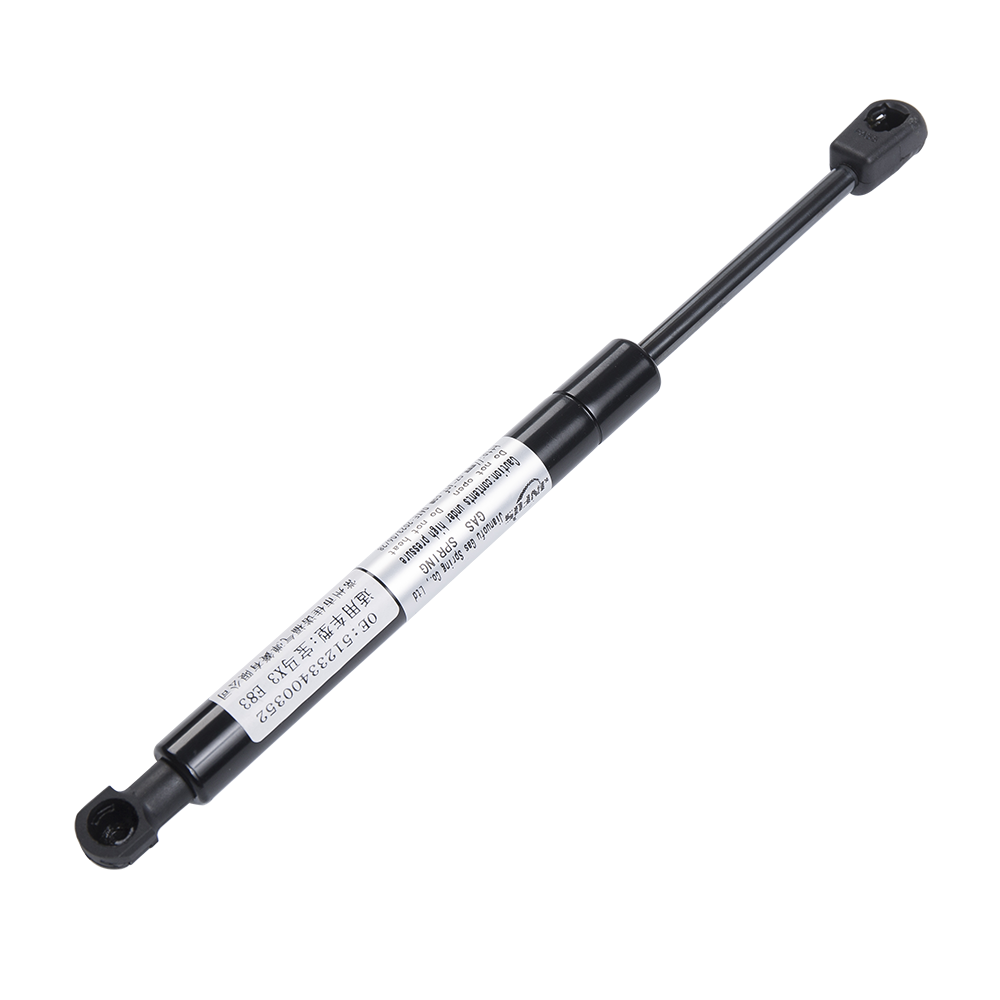Whether Plastic Nylon Sockets Gas Springs can maintain stable performance under high-frequency motion and impact conditions depends mainly on its material properties, design structure, production process and actual application environment. The following is a detailed analysis of its performance and related influencing factors from many aspects:
The performance of plastic nylon sockets is largely affected by the physical and chemical properties of the material:
Common nylon materials such as PA6, PA66 and reinforced nylon have differences in wear resistance, fatigue resistance and toughness. Reinforced nylon (such as nylon containing glass fiber) has higher strength and impact resistance and is suitable for high-frequency use scenarios. Nylon material has good self-lubrication, which can reduce friction and wear of parts in contact with gas springs under high-frequency motion, thereby extending service life. High-quality nylon has high fatigue resistance and can maintain stable structural strength under long-term cyclic loads.
Reasonable design structure helps Plastic Nylon Sockets to perform best under high-frequency motion and impact:
After the shape and size of the socket are optimized, it can disperse the impact force, reduce stress concentration, and reduce local wear or cracking caused by high-frequency use. Whether the connection parts of the socket and the gas spring are precisely matched directly affects the stability of the overall device. Higher assembly accuracy can reduce shaking and reduce the additional load caused by impact. The toughness of nylon material enables the socket to produce a slight deformation when responding to sudden impact, thereby absorbing part of the impact force and reducing damage to other components.

The external environment is an important factor affecting the durability of nylon sockets:
High-frequency movement is usually accompanied by friction heating. Nylon materials have a certain high temperature resistance (such as the operating temperature of PA66 can reach above 120°C), but if the temperature is too high, it may cause the material to soften or deform. Nylon materials are highly hygroscopic, and high humidity environments may affect their mechanical properties. Modified or surface-treated nylon can reduce dimensional changes and strength reduction caused by moisture absorption. In the case of contact with chemicals such as lubricants and detergents, nylon sockets must have good chemical stability to prevent performance degradation.
The production process of plastic nylon sockets also affects their durability:
High-precision injection molding can ensure the uniformity and strength of nylon sockets, avoiding weak points or early failures caused by process defects. Some nylon sockets are further improved in wear and impact resistance by surface hardening or coating technology.
The performance of Plastic Nylon Sockets Gas Springs in high-frequency motion and impact force environments is usually verified by the following tests:
Simulate the actual working conditions of gas springs under cyclic loads to evaluate the fatigue resistance and service life of the sockets. Test the impact strength of the sockets by applying instantaneous impact force to ensure that they are not easy to break in unexpected impacts. Detect the wear of the sockets and metal parts under conditions simulating high-frequency motion to confirm the wear resistance of the material.
For working conditions that need to withstand high-frequency motion and impact force, it is recommended to use sockets made of reinforced nylon materials and use high-quality lubricants to reduce friction.
In extreme environments, nylon sockets with metal inserts can be considered to further improve their strength and impact resistance.
Regularly check the connection status of the socket and gas spring, and replace parts that have degraded performance due to fatigue or wear in a timely manner.
Plastic Nylon Sockets Gas Springs can withstand high-frequency motion and impact force when gas springs are working for a long time if the design and material selection are appropriate. However, its performance stability is closely related to the material type, structural design and use environment. By selecting high-quality materials, optimizing design structure and scientific maintenance, nylon sockets can provide reliable performance under high-frequency usage conditions.


 English
English русский
русский











